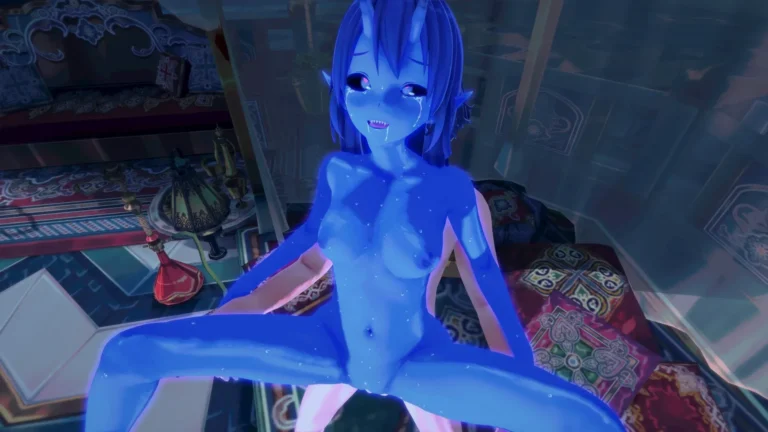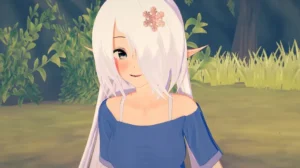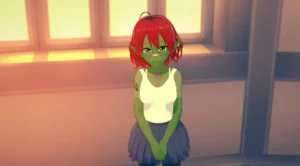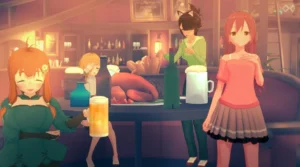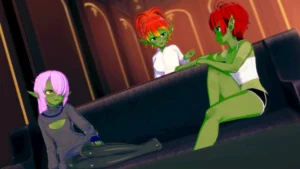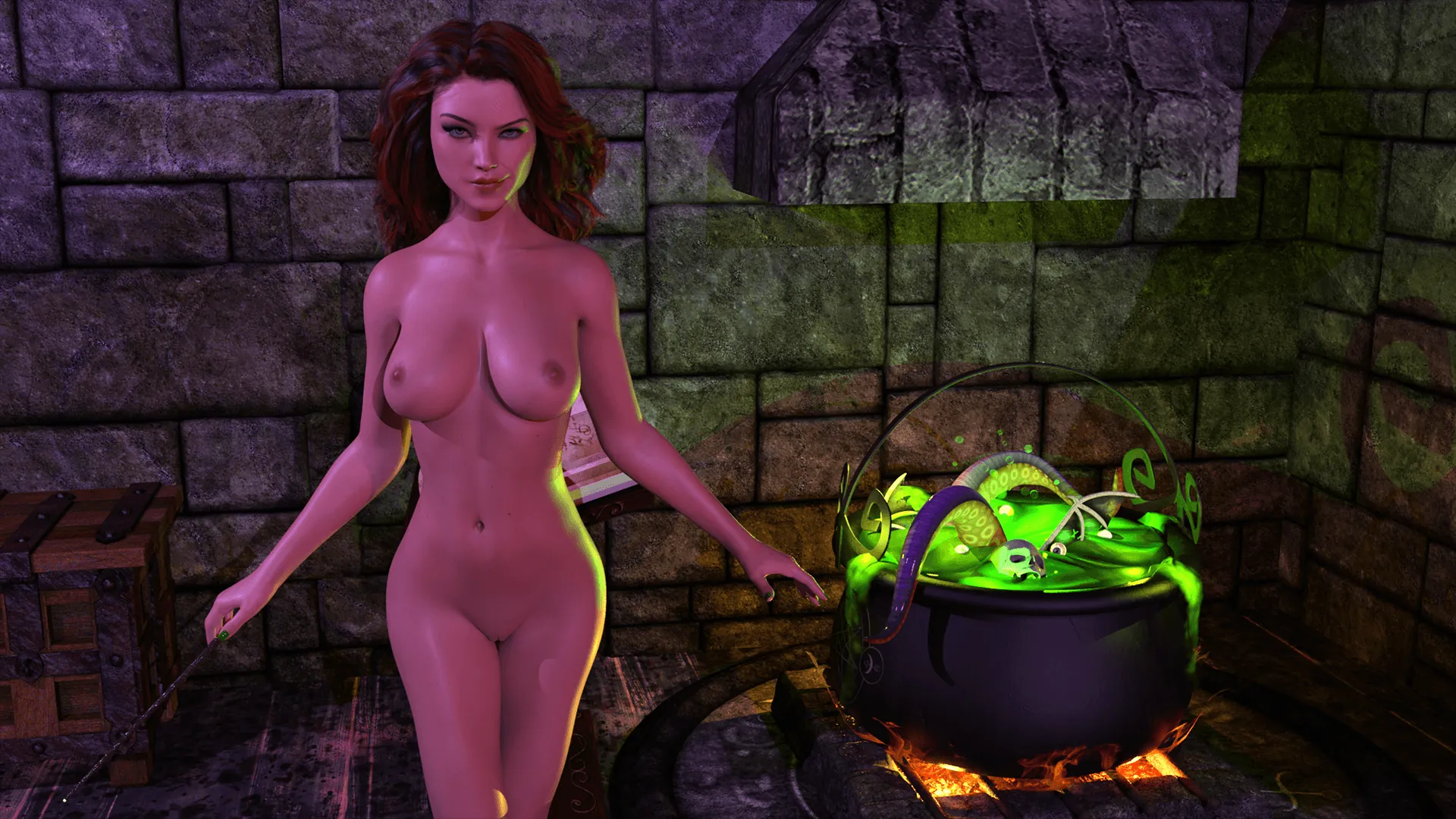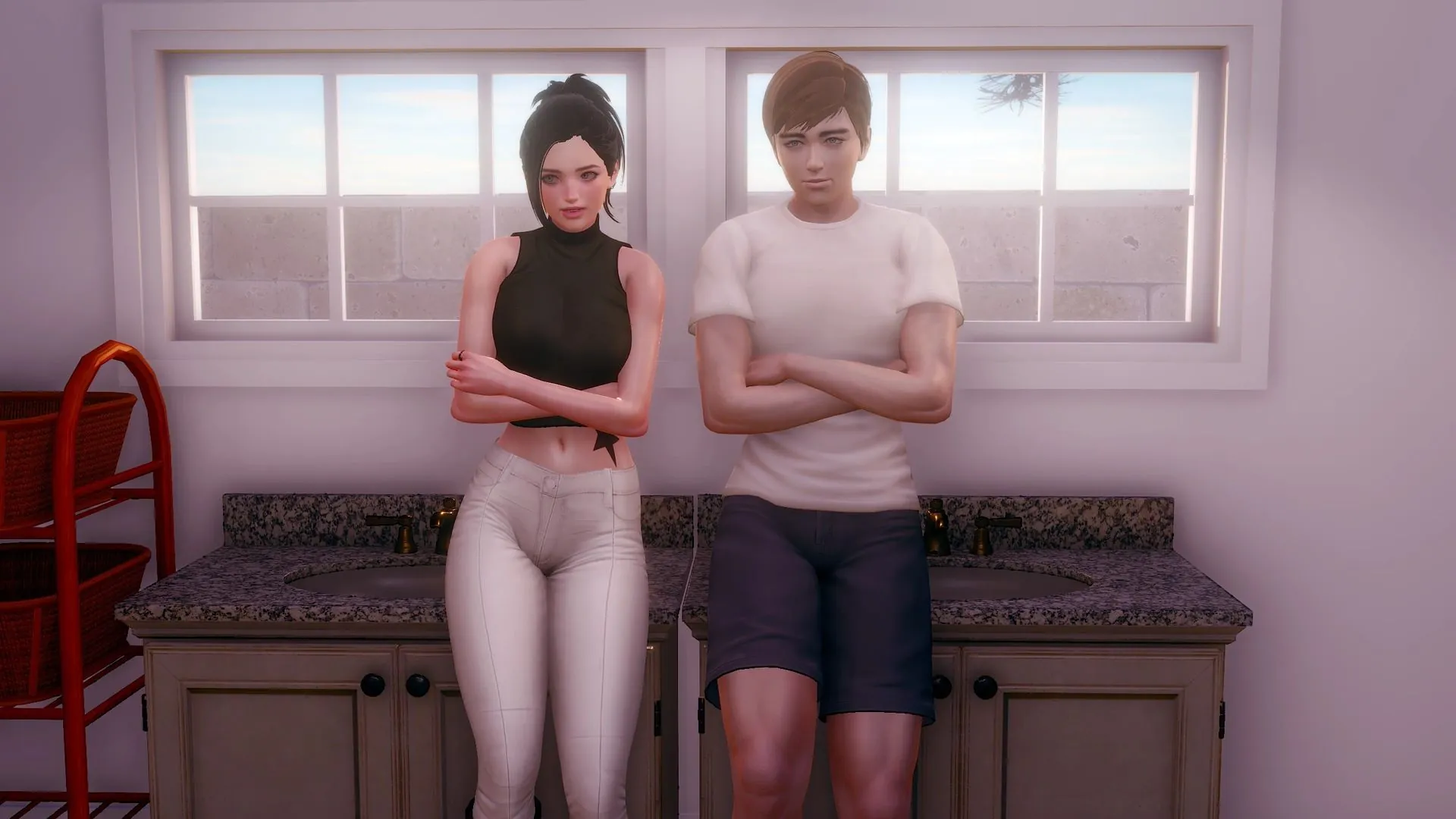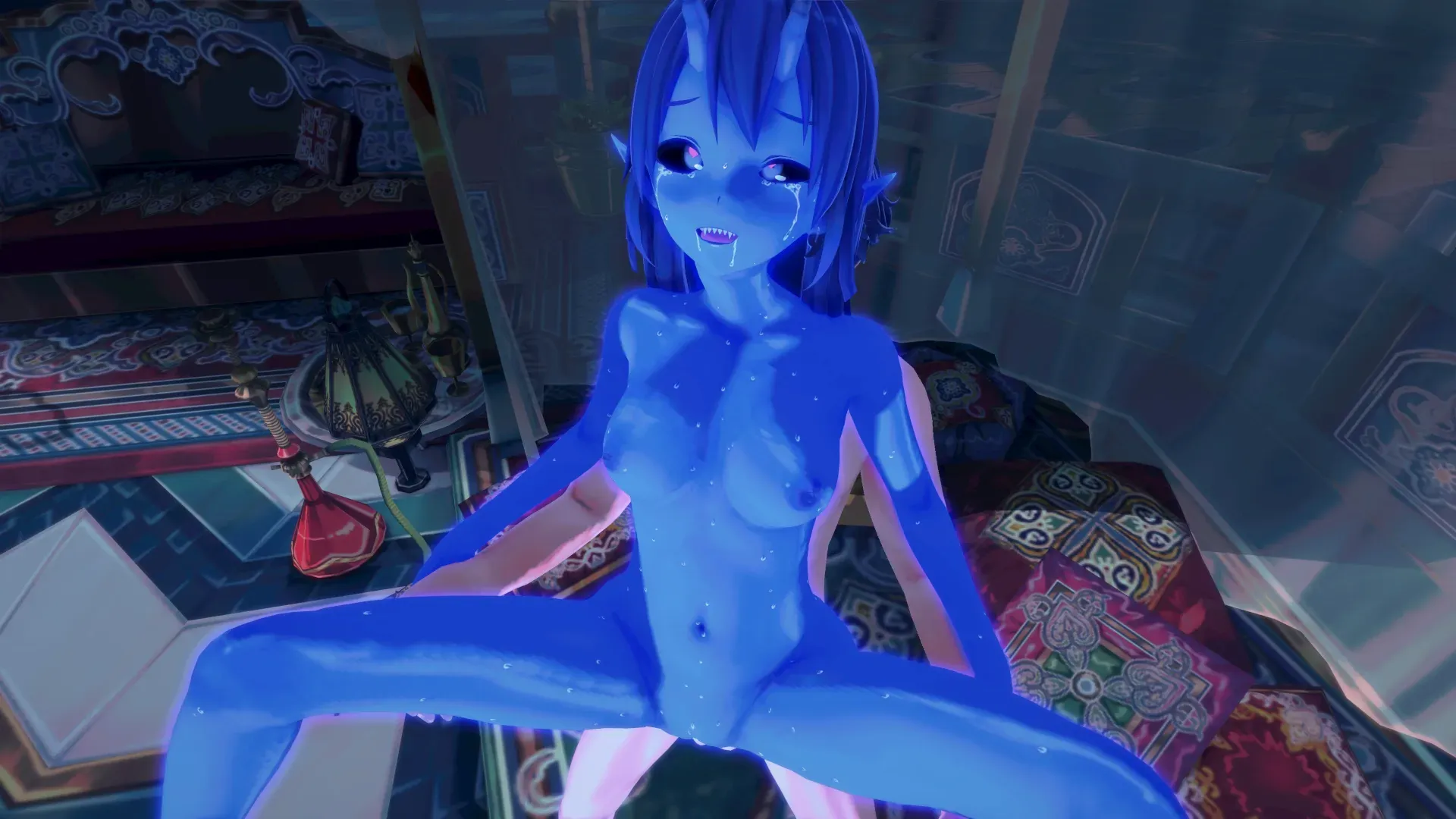
Tales of Unity
Play Tales of Unity
Tales of Unity review
Exploring the Story, Gameplay, and Unique Features of Tales of Unity
Tales of Unity is a distinctive game that blends immersive storytelling with engaging gameplay elements. Set in a world where humanity has endured 30 years of slavery and is now reclaiming its place, the game offers a rich narrative experience combined with character-driven scenes. This article dives into what makes Tales of Unity stand out, from its plot and character development to gameplay features and player experience.
Exploring the Story and Setting of Tales of Unity
What is the Premise of Tales of Unity?
Let’s be honest, we’ve all played games where the story feels like an afterthought. You know the ones—generic “chosen one” narratives that you skip through just to get back to the action. 🙄 I was fully prepared for that when I first booted up Tales of Unity. Boy, was I wrong. From the very first scene, the Tales of Unity story grabs you by the collar and doesn’t let go. It’s not just a backdrop; it’s the heart and soul of the entire experience.
So, what’s it all about? The premise is both gripping and painfully relevant. The game is set three decades after a great calamity, a period known as the Subjugation, where humanity lost its freedom. For thirty years, humans have lived under the rule of other fantasy races—elves, dwarves, goblins, and more. This humanity slavery theme isn’t just a vague historical footnote; it’s the oppressive reality that every human character has known their entire lives. 😔 But now, the winds are changing. A fragile armistice has been declared, and humanity is tentatively, painfully, stepping towards fantasy races equality. You step into this world not as an all-powerful hero, but as a bridge—a mediator trying to navigate the deep-seated hatred, fear, and trauma on all sides to forge a lasting peace.
This setup is pure genius. Instead of giving you a sword and telling you to conquer evil, Tales of Unity gives you a voice and asks you to heal a broken world. The Tales of Unity narrative is driven by your choices in dialogue, your alliances, and your ability to understand perspectives that are fundamentally opposed to your own. It’s a story about the hard, unglamorous work of building trust, and it’s more compelling than any dragon-slaying quest I’ve been on in a long time. 🕊️
How Does the Game’s World Shape the Narrative?
A great story needs a world that feels alive, and the Tales of Unity setting is a character in itself. 🗺️ This isn’t your typical high-fantasy land of gleaming castles and benevolent kings. The world is scarred, both physically and emotionally, by the recent conflict. Human settlements are often dilapidated, tucked away in the shadows of majestic elven cities or sturdy dwarven strongholds. You can feel the weight of history in every location.
The brilliance of the Tales of Unity setting is how it directly fuels the plot and character motivations. For example, an elf character might see a crumbling human town as proof of inferiority, while a human character sees it as a monument to generations of oppression. Your journey through these spaces constantly challenges your perceptions. The game’s unique story integration means that the environment is never just a pretty picture; it’s a narrative device. A simple walk through a market square can turn into a tense encounter that forces you to make a difficult choice with far-reaching consequences.
The world of Tales of Unity doesn’t just house the story—it actively tells it. Pay close attention to the environmental details; they often reveal more than any character’s monologue.
This approach to world-building elevates the entire Tales of Unity narrative. Character motivations aren’t based on generic “good vs. evil” alignments. They are deeply personal reactions to the world they inhabit. A goblin merchant might be fiercely protective of his business because it’s the first taste of economic freedom his clan has ever had. A human rebel might resort to violence not out of malice, but from a desperate belief that peaceful negotiation is a fantasy. Your understanding of the Tales of Unity story deepens as you learn to see the world through their eyes. 👀
What Makes the Storytelling Unique?
Here’s where Tales of Unity truly separates itself from the pack. Many games claim to have a “mature story,” but often that just means more blood and swearing. This game approaches maturity with a refreshing subtlety. The humanity slavery theme and the quest for fantasy races equality are not just shocking plot points; they are explored with a nuance and depth you’d expect from a professional visual novel storytelling studio. In fact, the quality of writing here is so high that it genuinely stands shoulder-to-shoulder with dedicated visual novels. 📚
The unique story integration is its masterstroke. The mature themes aren’t the point of the story; they are the foundation. The game isn’t about “slavery” or “equality” in an abstract sense. It’s about specific characters—an elven guard struggling with guilt, a human child meeting a dwarf for the first time without fear. The Tales of Unity narrative weaves these personal stories into the larger political landscape seamlessly. You’re not hit over the head with a message; you’re invited to live through the complexities and draw your own conclusions. This is visual novel storytelling at its finest, where character development and player choice drive the plot forward.
I remember one particular branching conversation with an elven diplomat that lasted a good twenty minutes. There was no action, no quick-time events—just two people talking, trying to find common ground. The tension was palpable! My heart was racing more than in any boss fight. That’s the power of the Tales of Unity story; it makes dialogue feel like the most high-stakes activity in the world. 💬
To really illustrate what sets this game apart, let’s look at how its story elements compare to more traditional narratives in the genre.
| Story Element | Typical Genre Narrative | Tales of Unity’s Approach |
|---|---|---|
| Central Conflict | Good vs. Evil, often with a dark lord or ancient monster. | Ideological and social conflict; overcoming generational trauma and prejudice. |
| Player Role | The Chosen One, a warrior destined to save the world. | A Diplomat or Mediator, whose power lies in empathy and persuasion. |
| Thematic Depth | Themes are often surface-level or take a backseat to gameplay. | Themes of justice, freedom, and reconciliation are deeply woven into every interaction. |
| Character Motivation | Often simple revenge or a call to adventure. | Complex motivations rooted in personal and cultural history. |
| Choice Consequence | Choices often lead to a simple “good” or “bad” ending. | Choices have nuanced, far-reaching consequences that alter relationships and the world state. |
This commitment to a sophisticated Tales of Unity narrative is why the game has such a powerful grip on players. It respects your intelligence and rewards careful engagement. The Tales of Unity story isn’t just a feature; it’s the engine that makes everything else run. It proves that a game can be utterly captivating by challenging your mind and your morals, offering an experience that stays with you long after you’ve put the controller down. ✨
Tales of Unity offers a compelling blend of rich storytelling and immersive gameplay that sets it apart in its genre. Its thoughtful integration of mature themes into the narrative and well-developed characters create a memorable experience for players. Whether you are drawn by the story or the gameplay, Tales of Unity promises a unique journey worth exploring. Dive in and experience the world where history, equality, and personal stories intertwine.
